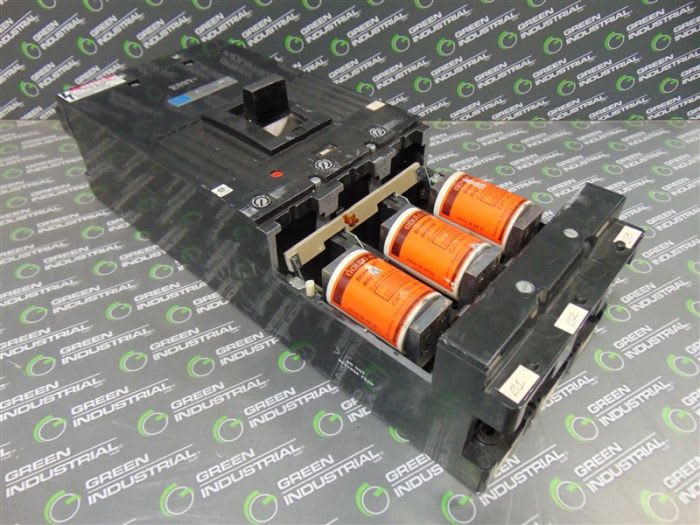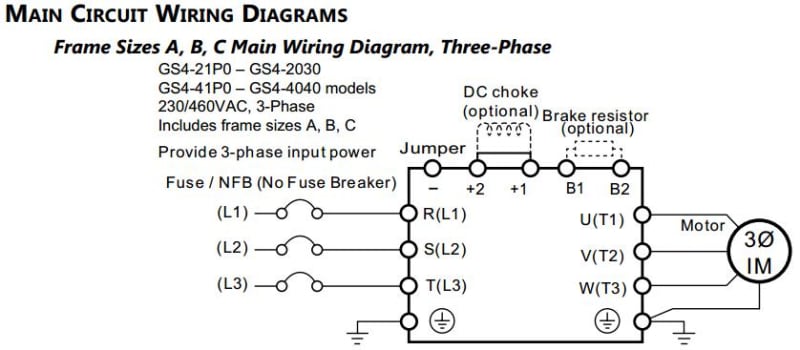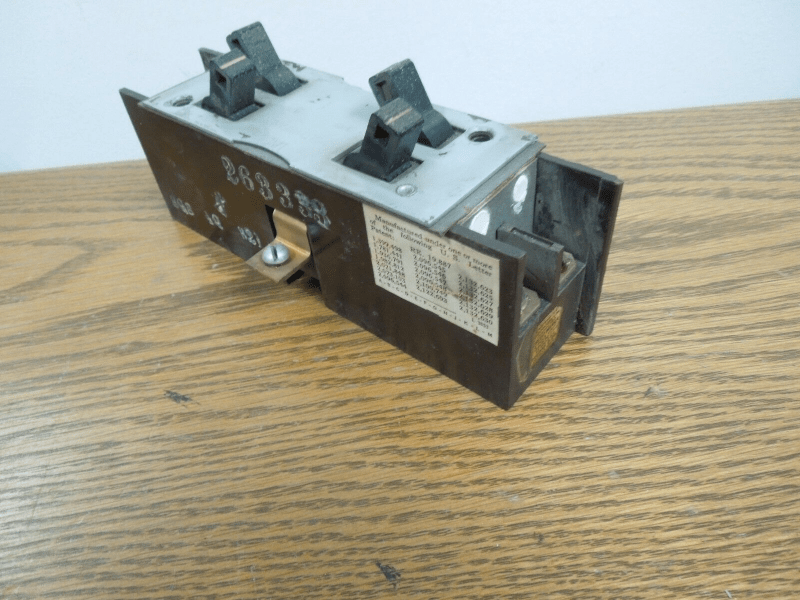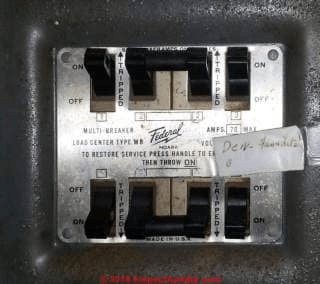Is this the dumbest moniker going or does it actually mean something logical OTHER than the obvious.
I've never seen this term before and now I've seen it 5 times this week. I tried to research it and all I can make out is that:
"No Fuse Breaker" means "Breaker". Whole companies seemed based on supplying 'No Fuse Breakers'.
Keith Cress
kcress -
I've never seen this term before and now I've seen it 5 times this week. I tried to research it and all I can make out is that:
"No Fuse Breaker" means "Breaker". Whole companies seemed based on supplying 'No Fuse Breakers'.
Keith Cress
kcress -






